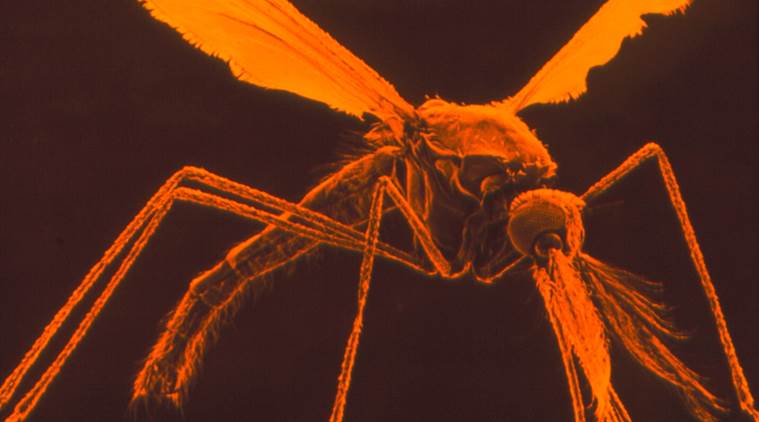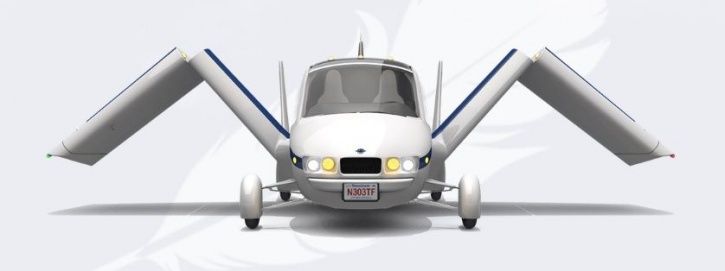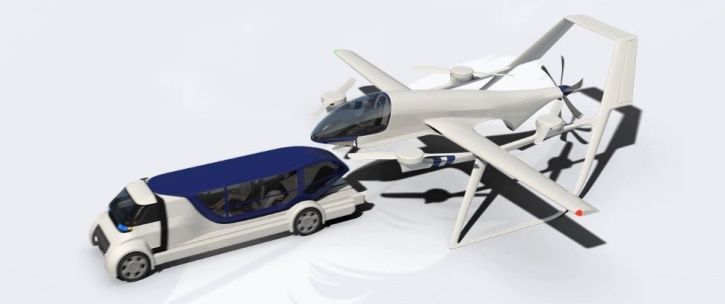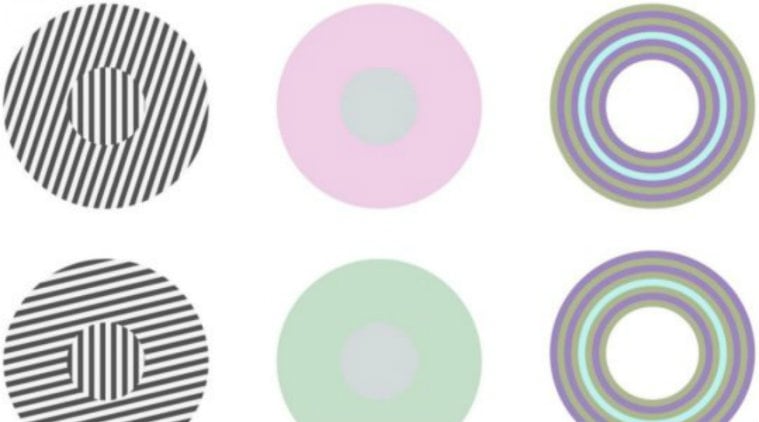Scientists envisage that malaria could be eliminated within two decades if this method is as successful as laboratory tests have indicated.
How scientists plan to end malaria: by getting mosquitoes to self-destruct
 A false-color scanning electron micrograph of an Anopheles gambiae mosquito. (Science Source via The New York Times)
A false-color scanning electron micrograph of an Anopheles gambiae mosquito. (Science Source via The New York Times)
By Nicholas Wade
Malaria is among the world’s worst scourges. In 2016, the disease, which is caused by a parasite and transmitted by mosquitoes, infected 194 million people in Africa and caused 445,000 deaths.
But biologists have now developed a way of manipulating mosquito genetics that forces whole populations of the insect to self-destruct. The technique has proved so successful in laboratory tests that its authors envisage malaria could be eliminated within two decades.
A team led by Andrea Crisanti, a biologist at Imperial College, London, altered a gene that disrupts the mosquito’s sexual development; the females become infertile, but the males remain able to spread the debilitating gene to an ever-dwindling number of progeny. Crisanti found that laboratory populations of mosquitoes can be driven to extinction within 11 generations, he and colleagues reported in Monday’s issue of Nature Biotechnology. Wild populations could be made to crash in about four years, according to computer models.
The technique involves equipping mosquitoes with a gene drive, a genetic mechanism that forces a gene of choice into all of an organism’s offspring. (Normally, sexual reproduction would pass the gene to only half the progeny.) Genes carried by a gene drive can spread very rapidly through a population, which makes the technique both powerful and potentially dangerous.
Previous efforts to reduce mosquito fertility using gene drives have failed because mutations arise in the stretches of DNA targeted by scientists, nullifying the engineered changes. These mutations are heavily favored by natural selection and permit the mosquitoes to escape the genetic trap.
Crisanti and his colleagues instead found a way to target a stretch of DNA that never varies from one mosquito to another, presumably because each DNA unit plays so vital a role that any mutations would kill the organism. This invariant DNA sequence occurs in a gene called doublesex; it determines sexual development in the mosquito species Anopheles gambiae, a major carrier of the malaria parasite in Africa.
Crisanti’s team devised a way to selectively disrupt the doublesex gene. Females that inherit it develop with ambiguous sexual features; cannot bite, because they have male-type mouthparts; and are infertile. But the males are unaffected and continue spreading the disruptive gene until no more eggs are laid.
In the lab, when males with the doublesex gene drive were placed in cages of wild mosquitoes, the populations were driven to extinction in as few as seven to 11 generations. No mutations could be found in the targeted sequence of DNA. “We are not saying this is 100 percent resistance-proof,” Crisanti said. “But it looks very promising.”
Kevin Esfelt, who studies the evolution of gene drives at MIT, indicated that the biological aspects of mosquito control are now closer to being solved. “With this achievement, the major barriers to saving lives are arguably no longer mostly technical, but social and diplomatic,” he said.
Starting a gene drive into the wild is a hard decision because, once released, a drive can’t be recalled or easily disabled if anything goes awry. Scientists have debated the possible dangers of the technology for several years, and they want to make sure the promising new technology doesn’t evoke the kind of public distrust that has surrounded genetically modified foods. In 2016, the National Academy of Sciences called for extensive tests and public consultation before any gene drive is released.
The theory of how gene drives could be used to control pest populations was laid out in 2003 by Austin Burt, a biologist at Imperial College, London, and a co-author on the new paper. Cristanti’s team conducted a larger experiment with the doublesex gene drive at a facility in Italy, but small-scale field trials in Africa are likely, at best, still several years away.
Such a program would entail releasing just a few hundred drive-carrying mosquitoes in each village. “We wouldn’t have to hit every village, maybe as few as 1 percent,” Burt said. Complete eradication isn’t necessary; the malaria parasite can’t maintain its populations once the number of mosquitoes falls below a certain number. “If there are no unexpected technical or regulatory delays,” Burt said, “it’s possible to envisage that gene-drive mosquitoes, in combination with other approaches, could have eliminated malaria in significant parts of Africa in 15 years.”
That estimate is probably optimistic. Eliminating malaria likely will require a continentwide agreement, since a gene drive, once released, probably couldn’t be confined to a single country, and biologists want to avoid any unintended consequences. All insects analyzed so far rely on the doublesex gene to direct their sexual development. It could be disastrous if an altered doublesex gene drive somehow jumped from mosquitoes to another insect species, such as bees.
Crisanti dismissed that possibility: Every insect species has its own version of the doublesex gene and the gene’s highly conserved region, he noted, so a gene drive aimed at one species wouldn’t work in any other. For that reason, the technique potentially could be aimed at a wide range of noxious insects. “These sequences might be an Achilles heel present in many insect pests,” Crisanti’s team writes in their paper.
Esvelt acknowledged the new gene drive could possibly spread to other insects but said, if it did, the most likely host would be other Anopheles mosquito species.





 NASA said it intends to transition from the current model of human space activities in low-Earth orbit to a model where the government is only one customer for commercial services. (Image: NASA)
NASA said it intends to transition from the current model of human space activities in low-Earth orbit to a model where the government is only one customer for commercial services. (Image: NASA) The researchers “tuned” the strength of the feedback excitatory or inhibitory connections so that model neurons responded in a way consistent with neurophysiology data from the primate visual cortex. (Image: Brown University)
The researchers “tuned” the strength of the feedback excitatory or inhibitory connections so that model neurons responded in a way consistent with neurophysiology data from the primate visual cortex. (Image: Brown University)









 Microsoft Dynamics 365 suite is available on Microsoft Power BI, Azure and the Common Data Service. (Image: Reuters)
Microsoft Dynamics 365 suite is available on Microsoft Power BI, Azure and the Common Data Service. (Image: Reuters)